Uncovering the stories behind downtown’s overlooked synagogues
Learn about the history
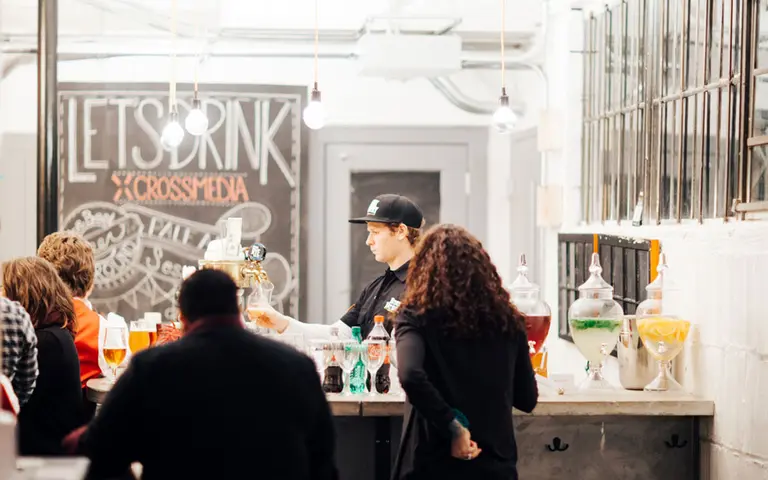
Photo via Bronx Brewery
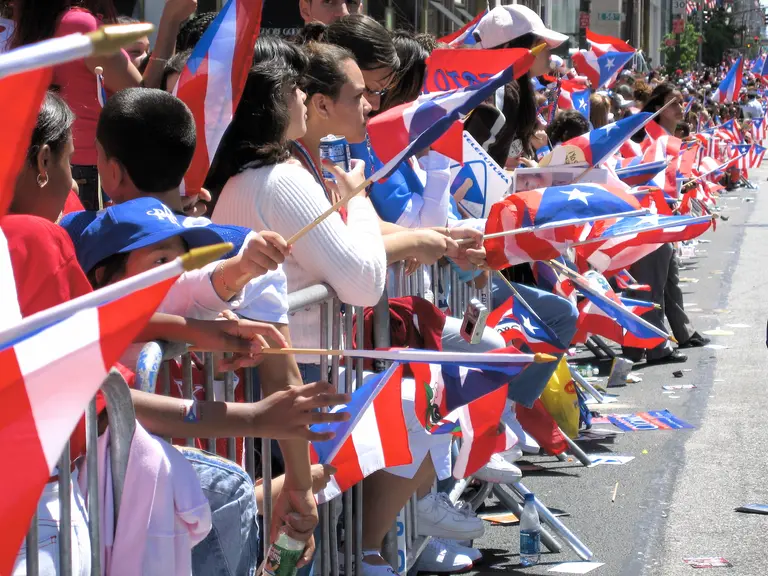
Photo via Flickr cc
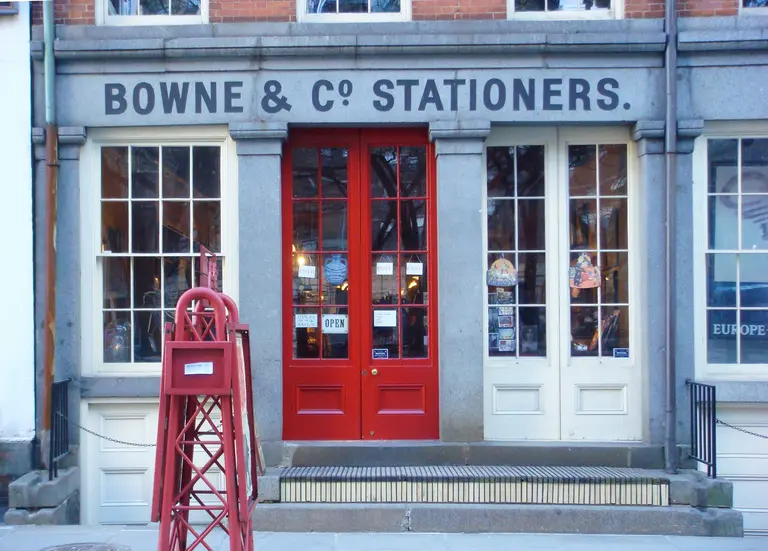
Bowne & Co. Stationers today, via Flickr cc
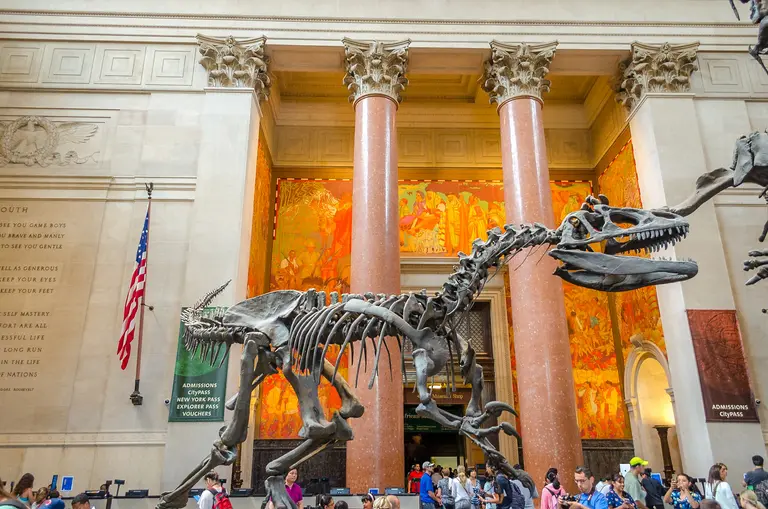
Photo via Flickr cc
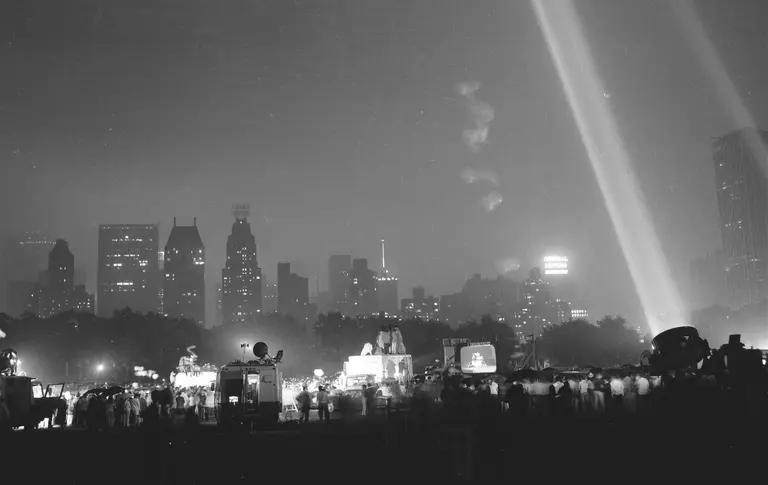
All photos in this post were taken during the Central Park Moon-In, July 20th, 1969, by Parks Photographer Daniel McPartlin. Courtesy of the NYC Parks Photo Archive.
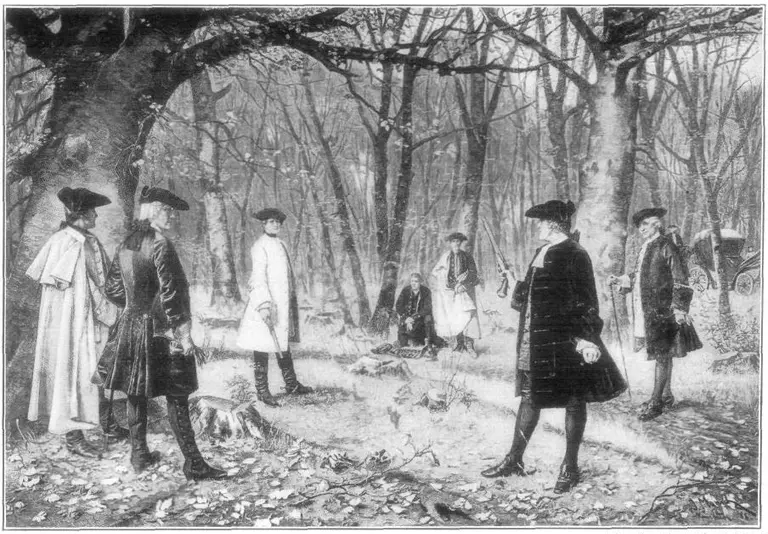
An illustration of the duel between Alexander Hamilton and Aaron Burr, via Wiki Commons
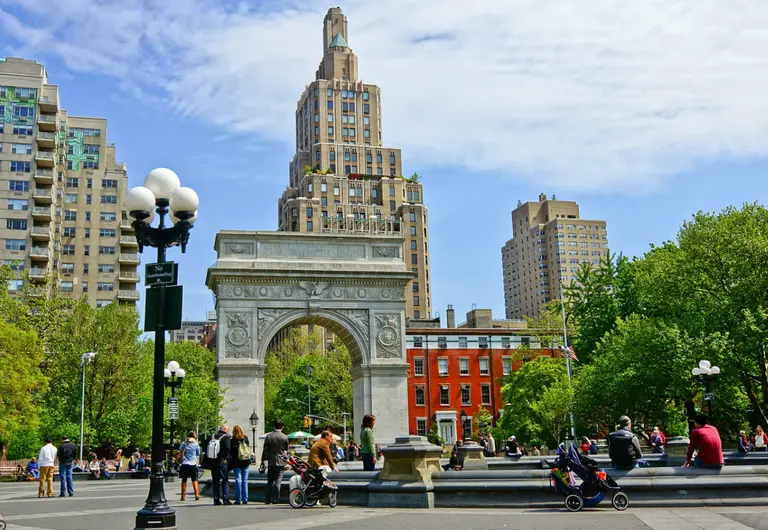
Via Wikimedia
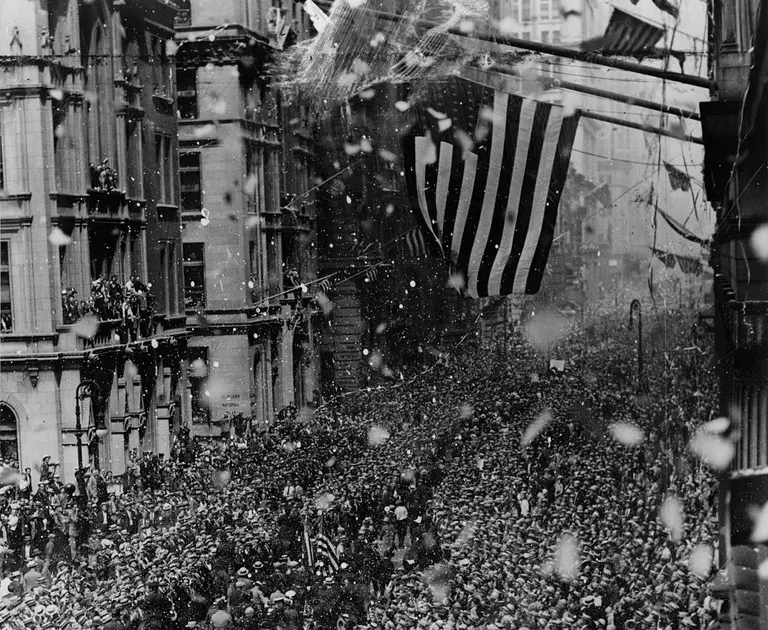
“Gertrude Ederle Parade,” 1926, via Wikimedia Commons
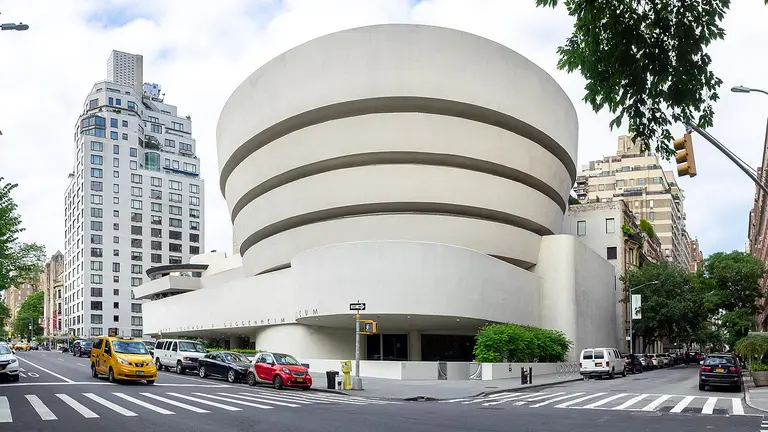
Photo via Wiki Commons
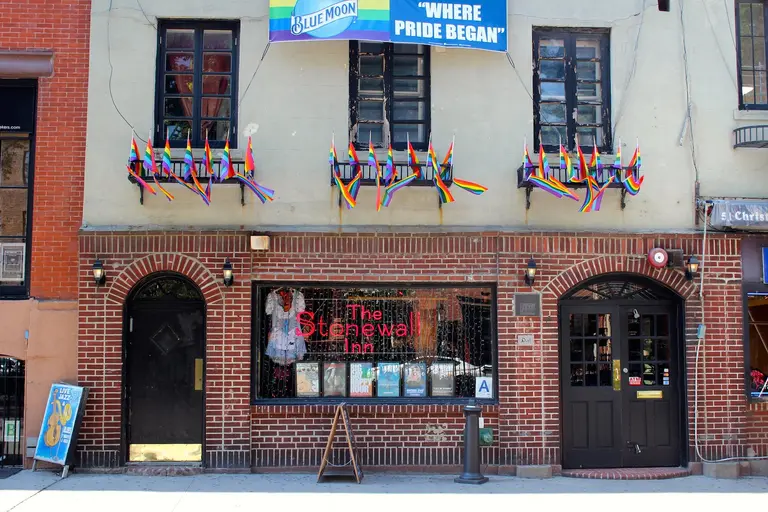
Via NPCA on Flickr
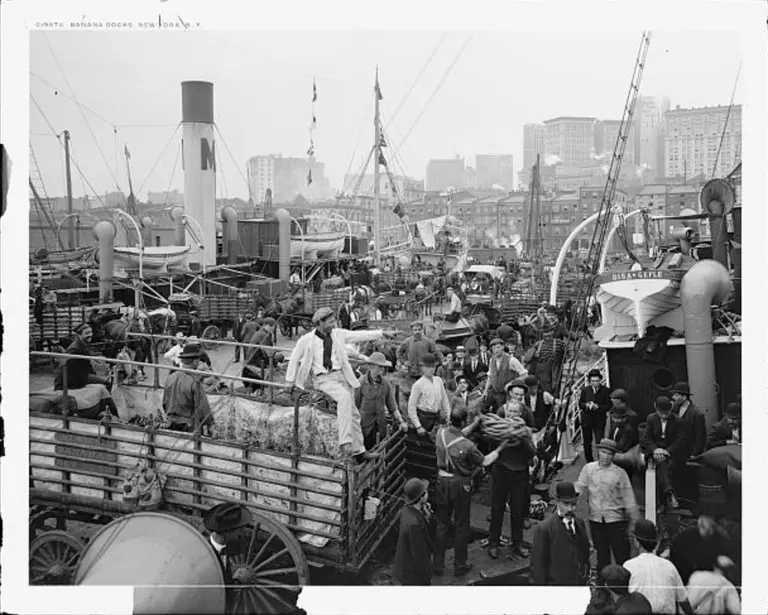
“Banana Docks, New York” c. 1906. Via The Library of Congress
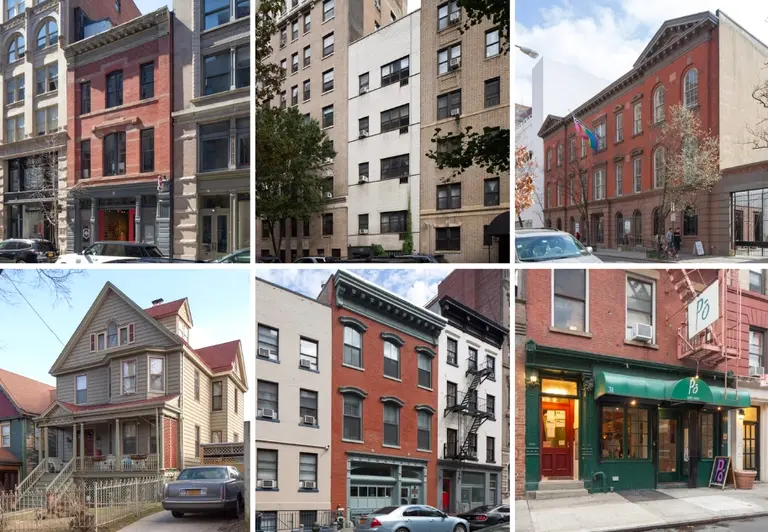
Top, left to right: GAA Firehouse, James Baldwin Residence, LGBT Community Center; Bottom, left to right: Audre Lorde Residence, Women’s Liberation Center, Caffe Cino; Photos courtesy of NYC LGBT Historic Sites Project
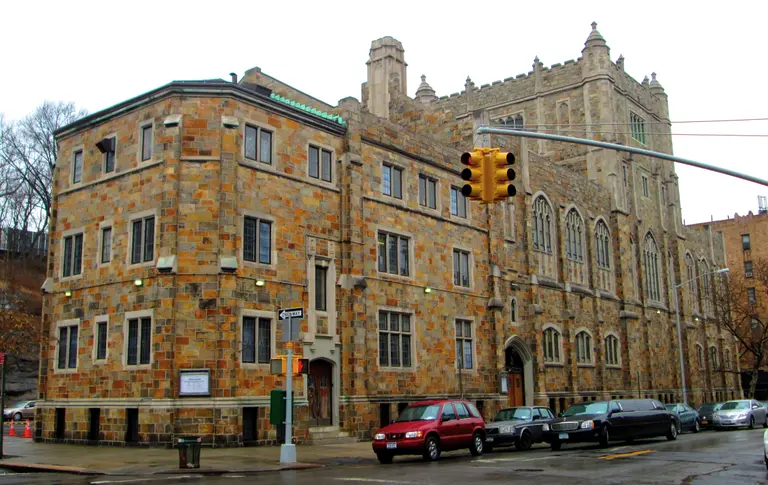
Dorrance Brooks Square Historic District, St. Marks United Methodist Church. Image courtesy of NY State Parks, Recreation and Historic Preservation.
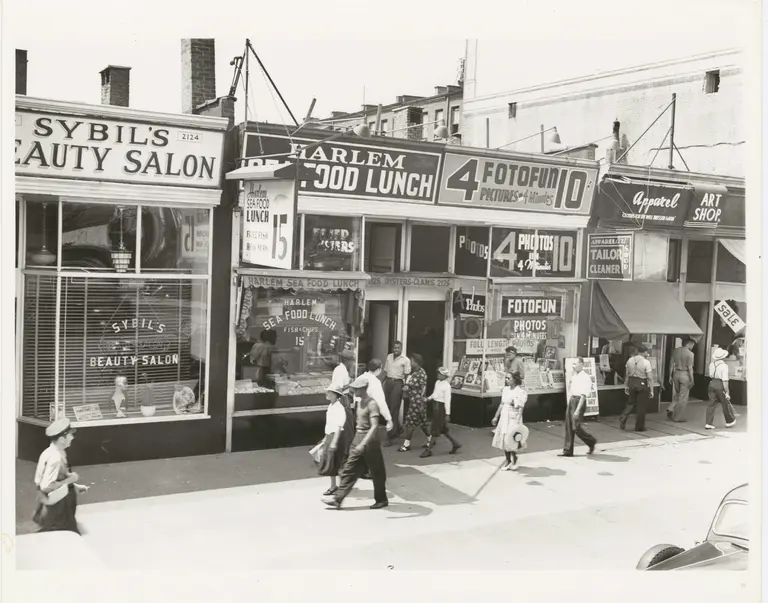
“Harlem Street Scene Showing Local Businesses,” 1939, Photographer: Sid Grossman, Street Scenes Collection, Photographs and Prints Division, Schomburg Center for Research in Black Culture courtesy of the Schomburg Center for Research in Black Culture
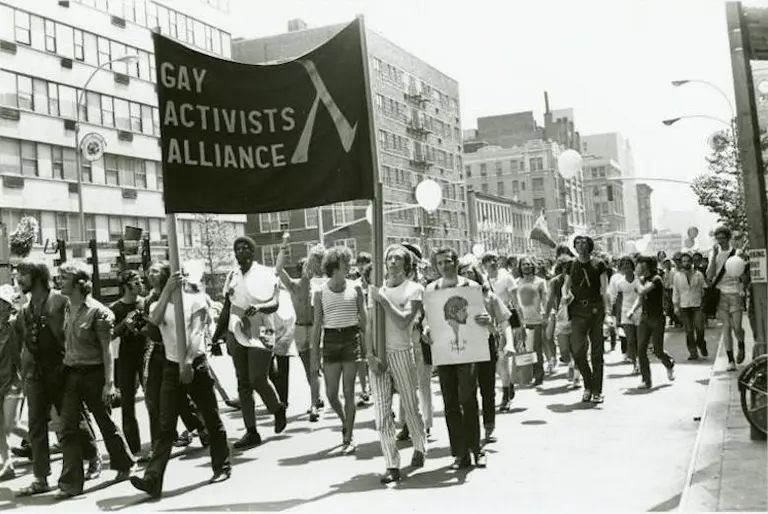
“GAA and Vito Russo marching in 1st Christopher St Liberation Day Parade,” The New York Public Library Digital Collections. 1970.
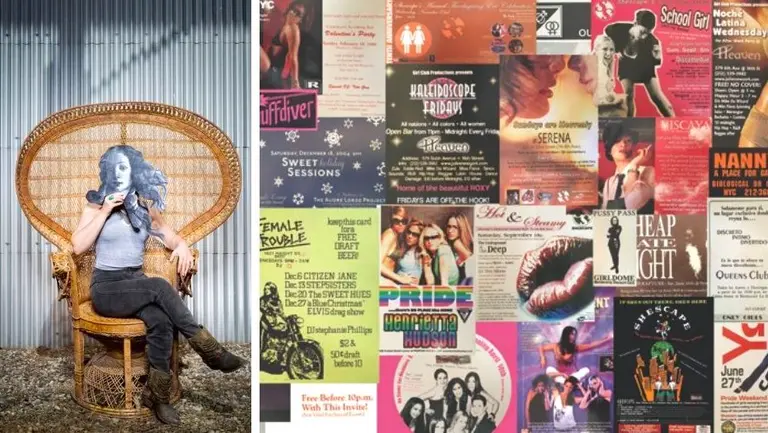
Photo of Gwen and “Girl Party Wallpaper” series, courtesy of Gwen Shockey